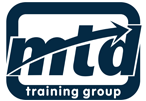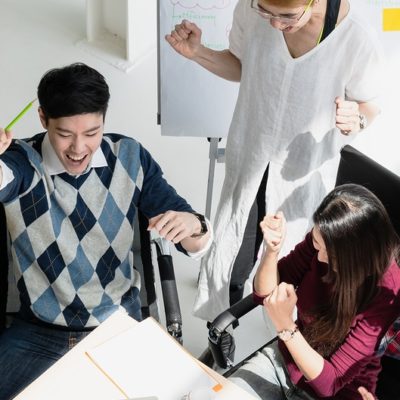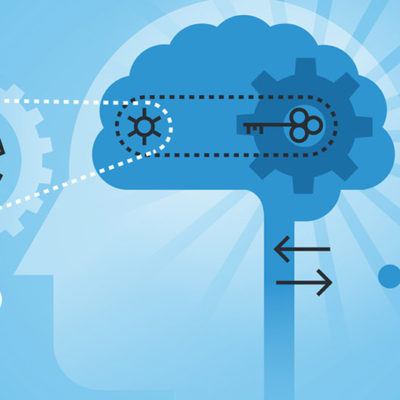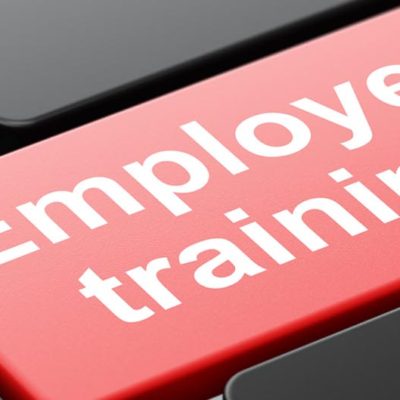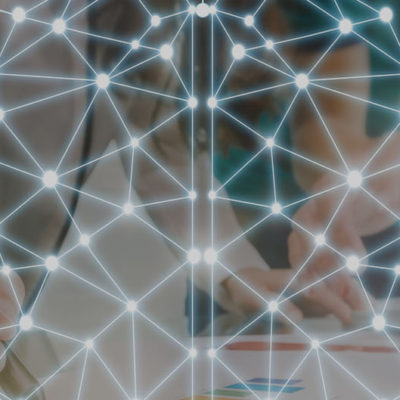As the role of L&D evolves, it’s more necessary than ever to determine how we can assist our employees to learn new behaviours and effect change and advancement within the working environment.
By doing so, we prove our worth and value to management and executive teams as we commit to assisting the development of team members in the current and future roles.
Neuroscience advancements have helped us in developing the toolkits required in influencing people to advance and develop in their roles, and here we discuss five ways how L&D can impact the observable behaviours of people within the business.
Udemy for Business have highlighted specific ways that behavioural change can work effectively, and we have modified their findings here to reflect its application within the L&D world.
MIT News reported in February 2018 how distinctive brain patterns help form habits that can be ingrained and become the normal way of behaving. When a task is carried out, neurons fire continually.
Check out the article here.
As a person gets better at carrying out the task, the firing becomes more clustered and ingrained. Think of it like a road going through a wilderness; if the road is just a dirt track, the pace of a journey will be fairly slow and deliberate. If the road is a super-highway, the journey will be much quicker and easier to navigate.
The brain creates these super-highways when a task is completed many times. Motor memory kicks in and the task or job becomes hard-wired.
This makes perfect sense, and helps us develop people’s skills over a period of time.
Udemy suggest that the five components that make up a learning initiative should reflect this neuroscientific process.
1) Make learning continuous, not just based on a training or coaching event
We can’t expect to send a person on a course and expect this one-off event to drive the necessary changes required to make the person carry out their role more effectively.
It requires a learning process to be instigated for individuals through a series of learning interventions, rather than the one form of training that can easily have their new-found knowledge dissolved quickly.
This would involve
- Blended and on-line learning opportunities
- On-the-job practice
- Social interactions and learning
- Mentoring
- Coaching
- Short, hard-hitting videos, articles and learning tips
2) Repetition of learning creates new habitual learning processes
To become second-nature, a skill has to be practiced and proved to be beneficial to the individual. So this is where a blended learning model would be effective and helpful to the department and the company.
Make any new learning initiatives practical and challenging so the person sees the benefits of putting the ideas into practice and sees they are growing and developing on the job.
3) Create a supportive environment
Reminding employees of the changes they need to put in place to grow and develop is important and beneficial, so they remember to habitualise the new behaviours that they are practicing.
These need to be visible and easy to apply in real-world situations. For example, peer-learning sessions and social interactions with others can reinforce the opportunities to practice new habits and initiatives. Checklists, downloaded videos and new tips can act as reminders for the ideas to be implemented.
This immersion in new learning can help the ideas be embedded in the workplace and allow your people to drive creativity and innovation.
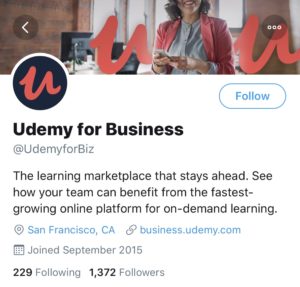
Follow Udemy for Business on Twitter.
4) Make the 70-20-10 rule apply habitually
We’ve all heard that the vast majority (around 70%) of what we learn is gathered during informal and formal discussions with peers who have new and different ideas on how things can be applied in the workplace. The next 20% is coached into them from a management perspective, and the remainder is often considered to be learned in a formal training setting.
So this biggest element suggests that nearly three-quarters of what we habitually pick up is determined in the working environment itself.
Known as social learning, an individual can pick up an awful lot of good and bad learning habits through watching and interacting with peers or viewing on-line learning material.
How can you make this opportunity to learn informally become more habitual? You need to open up opportunities for it to become part and parcel of the whole working environment.
- Make individuals responsible for mentoring and coaching their peers
- Have online discussion forums internally
- Have learning buddies that help peers to pick up on new ideas and develop accordingly
5) Have challenging learning goals
We set sales targets and objectives for our sales teams so they can see how well they’re performing against specific goals and these can be measured and monitored to ascertain success or otherwise.
There’s nothing to stop us from doing something similar with learning goals for our team members.
- Have milestones in their learning logs to ascertain what the development areas are and what they should have specifically learned by a certain time.
- Determine what development areas still exist and create learning paths to help them achieve certain learning goals
- Work in accordance with their learning style so they are able to pick up concepts quickly and apply them in real-world situations
- Gather information with respect to their results and achievements
- Give quality feedback concerning their development and work on how this can be incorporated into appraisals or more frequent feedbacks sessions
- Have advancements planned for what the individual will be able to accomplish as and when they succeed so the learning journey is shared and contributed to
As people progress, they need to see the application of their learning is valued and appreciated. This adds to their self-esteem and self-worth, building better connections between their neurons and allowing them to see the results of what they are working towards.
You need to create chances for people to develop their skillsets in a challenging, stimulating, enjoyable way, and our role in L&D can assist that development in many ways and over shorter time period than we would have originally thought.

Sean McPheat | 
CEO The MTD Training Group
